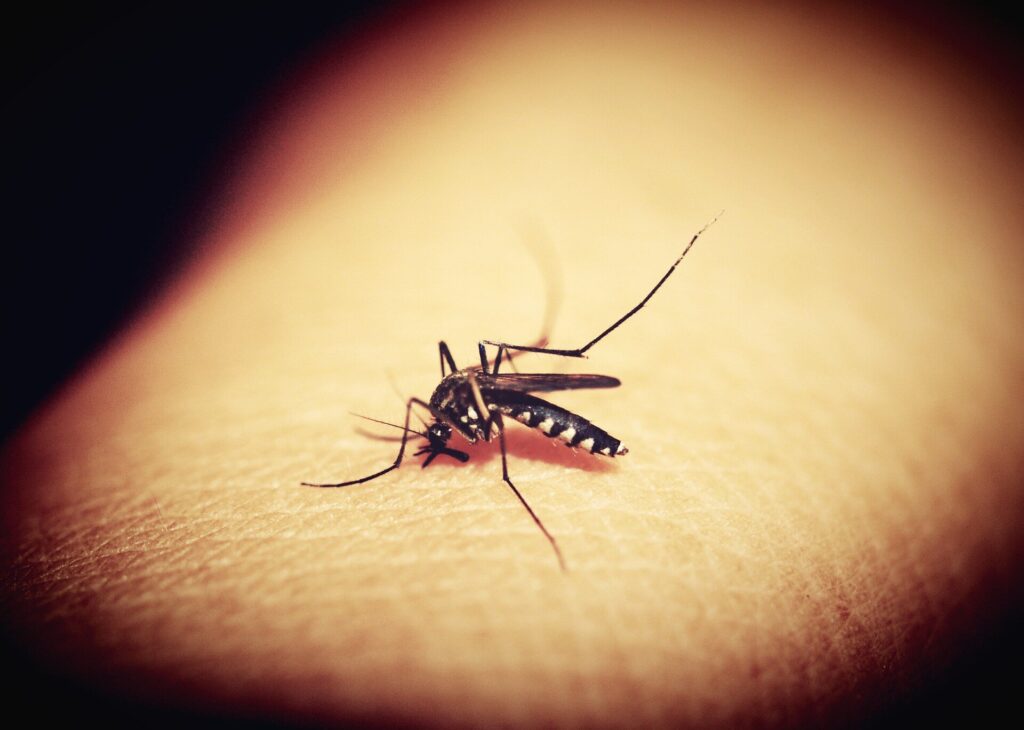
A groundbreaking development in the fight against mosquito-borne diseases has emerged with the introduction of a novel class of insecticides known as “spatial emanators.” These devices, which can be as small as a sheet of paper, offer protection against mosquitoes for up to a year, according to researchers at the University of California, San Francisco (UCSF). This advancement coincides with a recent endorsement by the World Health Organization (WHO), marking the first new vector control product class in over four decades.
The WHO’s recommendation, issued in August 2025, supports the use of spatial emanators, which have been shown to prevent more than half of mosquito bites. This is particularly significant as these devices can protect against mosquitoes that spread malaria, dengue, West Nile, yellow fever, and Zika. The emanators are designed to be used both day and night without the need for heating or electricity, making them especially useful in remote regions of Africa, South America, and Southeast Asia where malaria is prevalent.
Malaria’s Ongoing Threat
Malaria remains a devastating disease, claiming the lives of 597,000 people in 2023, the majority of whom were children under five in sub-Saharan Africa. Although the disease is not endemic in the United States, sporadic cases have been reported in states like Florida and Texas. The WHO has set ambitious goals to reduce malaria mortality rates by 90% from 2015 levels and to eliminate malaria in at least 35 countries by 2030. However, progress has been hindered by challenges such as the COVID-19 pandemic, funding shortages, and increasing insecticide resistance.
More than 40 mosquito species are known to transmit malaria, each with distinct biting and resting patterns. The Anopheles mosquito, for instance, primarily bites at night, while the Aedes mosquito, responsible for spreading dengue and Zika, is active during the day. This diversity complicates efforts to develop a one-size-fits-all solution for mosquito control.
Addressing Gaps in Mosquito Control
Traditional methods of mosquito control, such as insecticide-treated nets and topical repellents, have limitations. Nets are effective only indoors and at night, while repellents require frequent reapplication and can be costly. Insecticide-treated coils, which produce smoke, offer only temporary protection. Spatial emanators, however, address these coverage gaps by using volatile chemicals similar to those in treated bed nets, providing a safer and more effective alternative.
Dr. Ingrid Chen, an associate professor of epidemiology and biostatistics at UCSF and lead author of the study published in eBioMedicine, emphasized the significance of this innovation. “We finally have a new way to protect against mosquito bites, especially one that fills in some of the gaps of our existing methods,” she said. “It’s lightweight, affordable, and easy to use, so it can be used to help save lives in all parts of the world.”
Effective Solutions and Future Implications
The UCSF researchers conducted an extensive review of over 25 years of data involving approximately 1.7 million mosquitoes. Their analysis revealed that spatial emanators provide an average protection rate of 56%, effectively preventing more than half of potential mosquito bites. This protection extends to all mosquito species that carry diseases, albeit with varying efficacy levels.
Currently, three products—BiteBarrier, Mosquito Shield, and Guardian—are available, with BiteBarrier being the first to enter the U.S. market. It offers protection for up to 21 days, while Mosquito Shield lasts about 30 days, and Guardian can provide yearlong defense. The WHO’s recommendation on August 13 allows major donors to subsidize the deployment of Mosquito Shield and Guardian in malaria-endemic countries.
“Volatile pyrethroid spatial repellents for preventing mosquito bites: a systematic review and meta-analysis,” Ingrid Chen et al, eBioMedicine (2025). DOI: 10.1016/j.ebiom.2025.105891
As the global health community continues to combat malaria and other vector-borne diseases, the introduction of spatial emanators represents a significant step forward. By providing an effective, low-cost solution that can be easily deployed in remote areas, these devices have the potential to save countless lives and accelerate progress toward the WHO’s ambitious malaria reduction goals.






